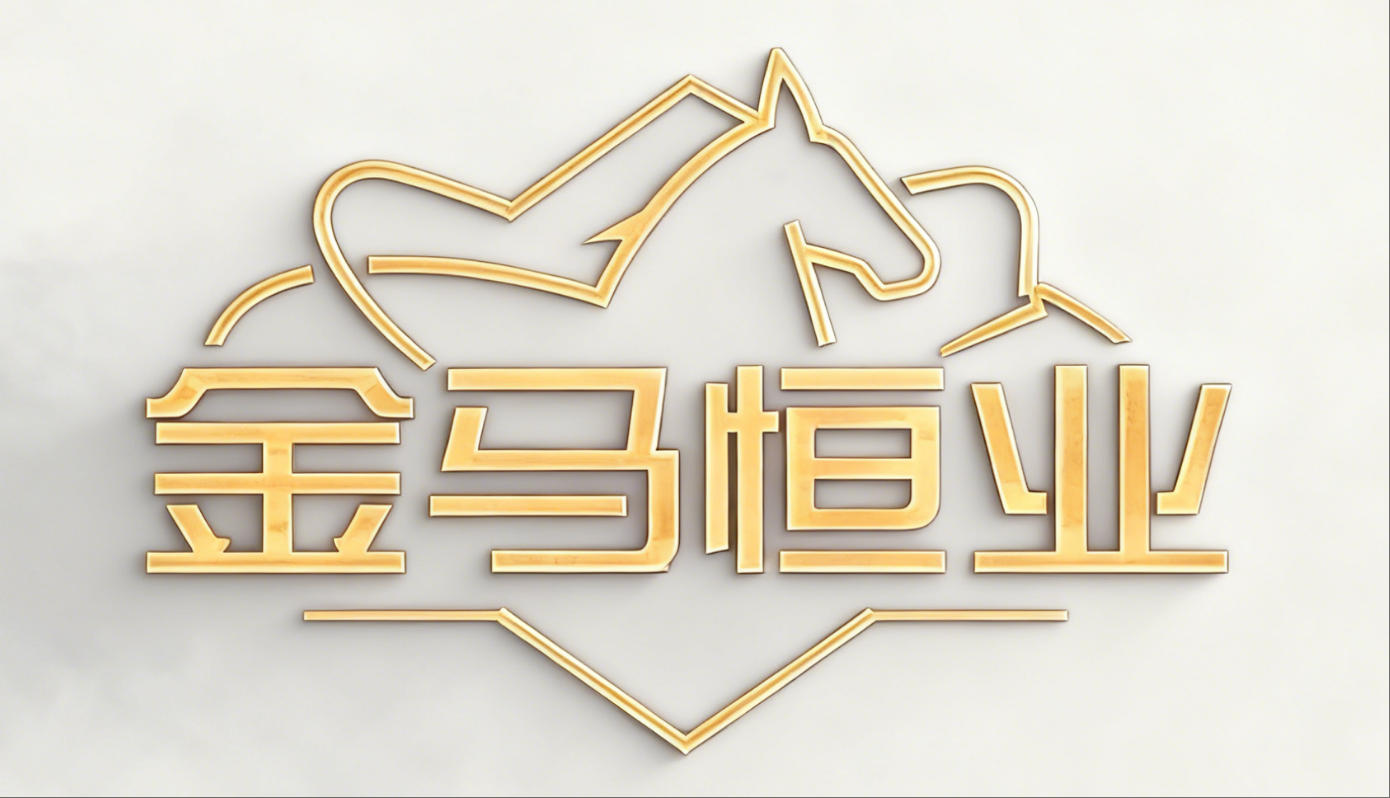News
Why Do Wood Screws Have A Shank?
It's time to start your next wood working project. Grab your tools from the garage, find a box of screws, and wood, cut and ready to be installed. You start driving your first screw and boom, it stops and snaps. You try again, same thing. Then you realize you are using sheet metal screws, not wood screws! Hastily, you grab the package in excitement and run out to your shop to continue your work. Open the box and wait, what's that? Why do these screws have an un-threaded portion? That can't be right…Why would you want that?
It is one of the most misunderstood designs in the industry. Why is there a shank (shoulder) on a wood screw? If a wood screw was threaded all the way up, it would overheat and snap. Before we can explain why this happens, let’s start with the basics.
What Is A Wood Screw?
A wood screw is a screw made up of a head, shank and threaded body. Since the entire screw is not threaded, it is common to call these screws partially threaded (PT).
| Head | The head of a screw is the portion that contains the drive and is considered the top of the screw. Most wood screws are Flat heads. Other common heads: Oval, Round, Hex, Modified Truss, Trim Flat. |
| Shank | The shank is the smooth portion of a wood screw which has no threads and begins immediately beneath the head. |
| Threaded Portion | The threads start just below the shank and extend all the way to the tip of the screw. |
Now
that we know what the different sections of a screw are, we can begin
to understand what exactly happens during screw installation.
The unthreaded shank of a screw has dual purposes.
The First Purpose
First, when a screw that is fully threaded is driven into wood, this screw can connect two pieces of material together but it will not pull the two pieces against each other; once the head reaches the material, the screw will stop spinning.

Having an unthreaded shank at the top allows the tip of a wood screw to pull the screw into the wood just as a regular screw would. The difference is that the shoulder portion of the screw will actually slide through the first layer of wood and pull it against the head. This causes compression from the head to the threads. When installing two pieces of wood together then the first will be pulled tightly against the second one. The threads can continue to pull forward as long as enough torque is applied. Coincidentally, this can also make the removal process much easier than trying to remove a fully threaded screw.
*Note: This process of continuing to tighten after a wood screw reaches the head and snug wood together is known as over-tightening and may cause damage as the head is pulled to forcefully into the wood.
The Second Purpose
Second, when a fully threaded screw is being screwed into wood the screw threads cause friction. This friction results in the screw heating up. This causes two flaws in the material. As the metal heats up it will begin to expand. Once it expands inside of a hole that was drilled for a specific sized screw, the screw will seize in the hole. At the same time, the materials overall strength has now also been compromised due to the heat. Overheating leads to a screw breaking and snapping.
These two factors will highlight any flaws the screw may have and exploit them. This typically results in bending or snapping of the screw. So, how can a shank help? The shank allows for heat dispersion in a screw. As the threads begin creating heat, it moves up into the shank which will take longer to heat up and will not generate nearly the same amount of friction when it goes through the wood.
This unthreaded shoulder will minimize the amount of heat a screw generates upon install thus keeping it from expanding in size and compromising the materials strength.
Conclusion
To conclude, the shank of a wood screw is used to tightly compress two pieces of wood against each other and minimize the heating up of the screw caused by friction. This results in a strong firm hold between two wooden materials with little effort, and just as importantly, no broken screws.
Other information
Looking for more information about screws? Check out our Screws blog post to learn about many different types of screws.
We also recommend using lubrication when installing wood screws into very hard wood. A DIY option that is available is simply adding soap to the fastener. Soap acts as a natural lubricant but it should be noted that many soaps have glycerin in them which can actually attract moisture. This can result in fasteners deteriorating faster than expected.
【 Go Back 】 | 【 Print 】 | 【 Close this window 】





